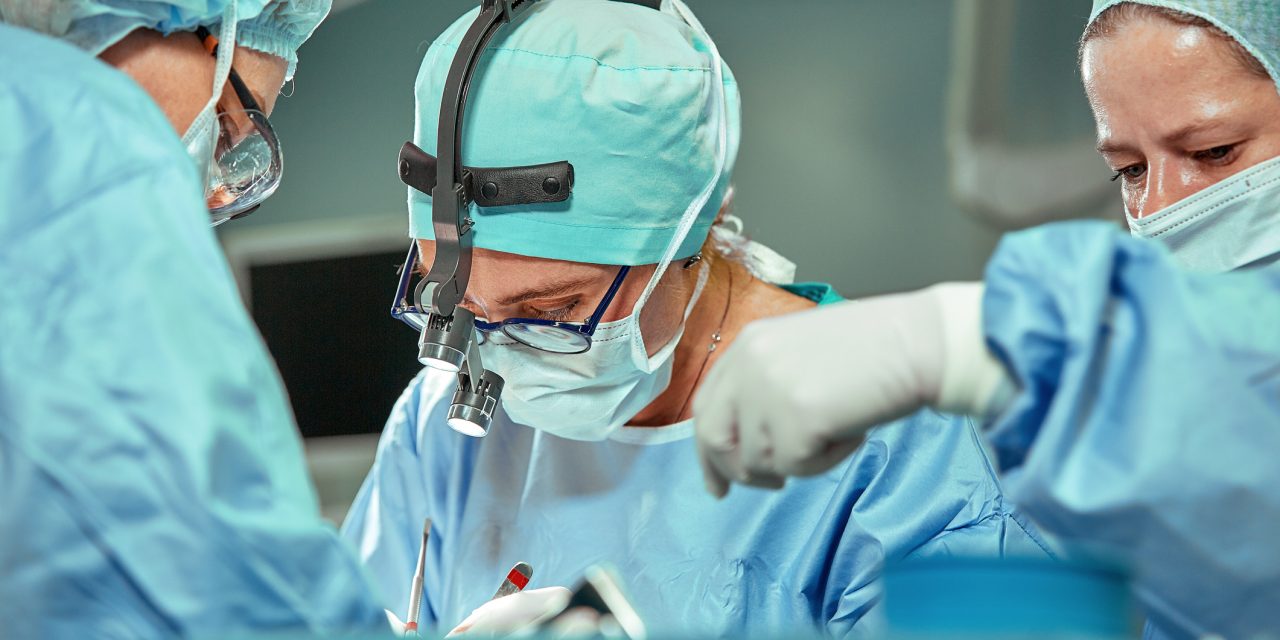For the past three decades, laser use has been investigated, mainly on implant applications, as well as hard and soft tissue processing on orthopedics. However, despite significant technological advances and achievements in Biophotonics, lasers have yet to emerge as a successful tool for hard-tissue manipulation (e.g., osseous tissue). Indeed, a careful search in relevant literature reveals a limited number of laser-based clinical applications in orthopedics, except for the low-level laser therapy applications. In this review article, we give a brief overview of the biophysical mechanisms of bone tissue and biocompatible implants laser surgery and, in parallel, we summarize some specific pre-clinical and clinical laser applications in orthopedics. Taking into consideration the complexity of laser-based applications in inhomogeneous musculoskeletal biostructures and/or implants, it is justified to state that applying laser radiation is still an open field of multidisciplinary research before performing interventions in clinical praxis. The evidence from this study indicates the need for more experimental and theoretical studies regarding light transport on soft and hard tissues, in order to further enhance safe and efficient laser applications in orthopedics. This undoubtedly implies the need for developing modern light delivery devices for laser surgery, by means of implementing robotic guidance, specialized for medical procedures on various anatomic structures. The aforementioned studies could eventually revolutionize the clinical applications of laser technology in orthopedics.
The Facts and Myths for the Use of Lasers in Orthopedic Surgery.


